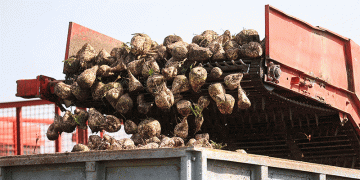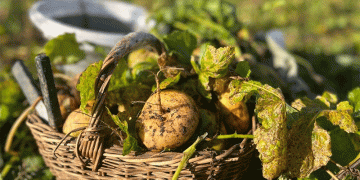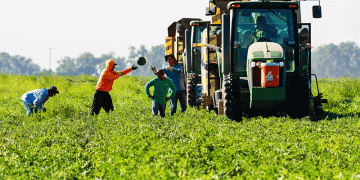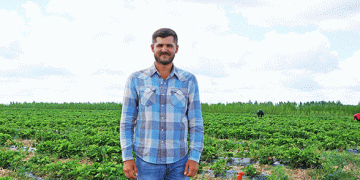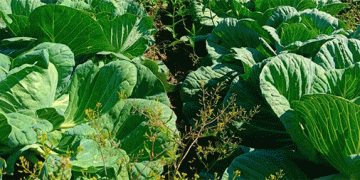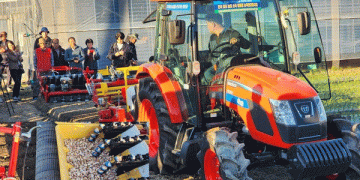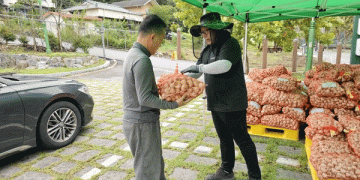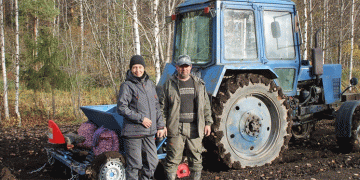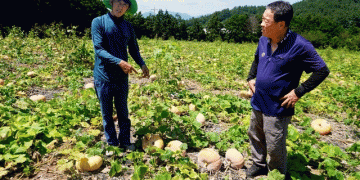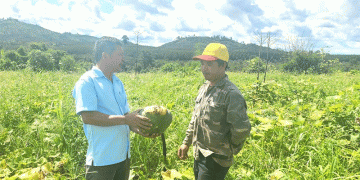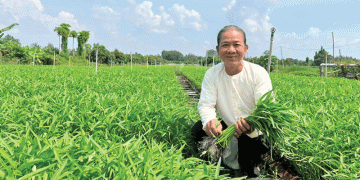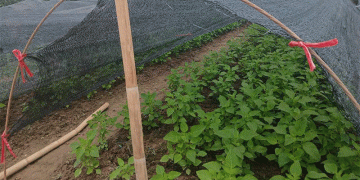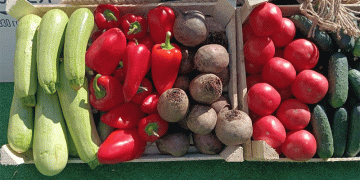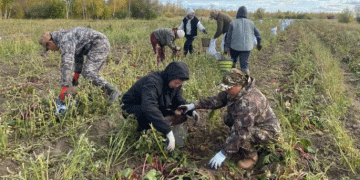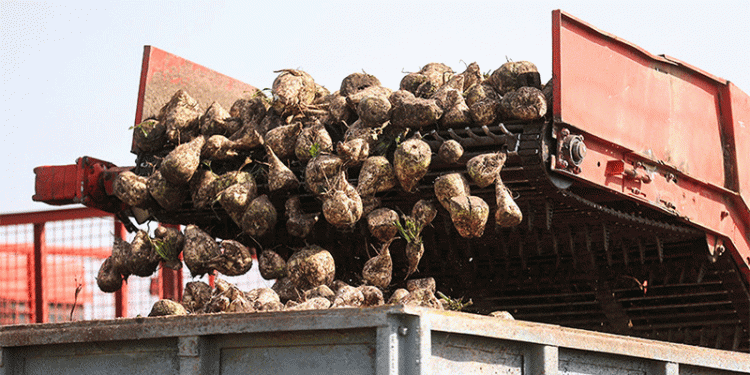Early harvest data from Belarus reveals significantly higher yields for key crops like sugar beet and potatoes compared to last year, while strategic winter sowing and forage conservation efforts point toward a comprehensive approach to food security and agricultural sustainability.
Belarus’s agricultural sector is demonstrating robust performance in the early stages of the 2024 harvest, with several key crops showing substantial yield increases over previous seasons. According to the Ministry of Agriculture and Food, sugar beet has been harvested from 18,000 hectares (17% of planted area), yielding 852,000 tons at an average productivity of 47.3 metric tons per hectare—a significant increase of 3.74 metric tons per hectare over 2023 levels. Similarly, potato harvests are showing impressive gains, with 145,000 tons collected at an average yield of 35.2 metric tons per hectare, representing an increase of 4.4 metric tons per hectare compared to the previous year.
The grain harvest (including rapeseed) has reached nearly 9 million tons (8,981,000 tons), with regional contributions led by the Minsk Region at 2.24 million tons, followed by Grodno (1.74 million tons) and Brest (1.68 million tons). Cereal and legume crops (excluding corn) have been harvested from 98% of the planned area (2.38 million hectares), with average grain yields exceeding last year’s performance by 0.82 metric tons per hectare. The state order for food grain has already reached 94% of its target, with 656,000 tons supplied.
Concurrently, Belarus is advancing its winter sowing campaign, with 265,000 hectares (18% of planned area) already seeded with winter grains. In forage production, the country has made significant progress in haylage preparation (13.3 million tons, representing 96% of plan) and flax processing (85,000 tons of retted flax at 4.61 metric tons per hectare, a notable increase of 1.05 metric tons per hectare over 2023).
These yield improvements align with broader regional trends. The FAO’s 2024 report on European agriculture notes that countries implementing advanced precision agriculture technologies have seen yield increases of 10-15% for root crops and cereals, suggesting Belarus may be benefiting from similar technological adoption. Furthermore, the European Commission’s agricultural outlook emphasizes that efficient forage conservation (particularly haylage at 96% of target) is critical for maintaining livestock productivity through winter months, making Belarus’s progress in this area particularly significant for its dairy and meat sectors.
The preliminary harvest results from Belarus paint a picture of an agricultural sector achieving both productivity gains and strategic foresight. The substantial yield increases for sugar beet, potatoes, and grains suggest successful implementation of improved agricultural practices, potentially including better varietal selection, optimized nutrient management, and favorable growing conditions. The concurrent focus on completing winter sowing and securing forage supplies demonstrates a holistic approach to agricultural management that balances immediate harvest priorities with future production security. For farmers and agricultural planners in similar climates, Belarus’s experience offers valuable insights into the potential for simultaneous yield improvement across multiple crop categories through integrated farm management and strategic investment in both food and forage production systems.
